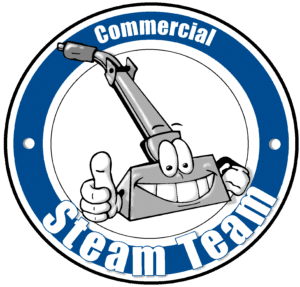How Mass Advertising Can Lower Quality
Have you ever been to a fast growing franchise restaurant and felt like the person helping you either doesn’t know what they are doing or just doesn’t care? Of course you have, we all have. Unfortunately this isn’t exclusive to the fast food industry. It can happen in any industry when a company grows “too fast”.
The dream of just about any business owner is to have their company skyrocket to the top. They look for gimmicks, advertising schemes, and even mudslinging to make this happen. Some industries like law firms and investment companies have readymade employees to purchase from the well-stocked shelves of universities. Industries that require on the job training don’t have that privilege. Industries like carpet cleaning require mentor training, or apprentice training. Reading a training manual only gets you so far. Professionals need to pass their expertise down in person.
Mass advertising and gimmicks can lead to very rapid growth, especially when the new fad is creaming the market. Going from 1 van to 10 or more vans in a couple years is wonderful in theory. However, it takes at least 10 people to run 10 vans. 20 if the recommended 2 employees per crew are used. In theory there would need to be 10 experts to train these 10 crew chiefs for several months. One expert just can’t get that done properly. In fact the rapid growth most likely takes that person out of the equation entirely as the responsibilities of the administration grow just as fast. When does this training happen?
In a slow but steady growth model, driven through referrals, there is time for assistants to train under experts for 6 months or more. Not only learning the basics, but also becoming very comfortable with all the variables they might run into in the field. Mass advertising and excessively rapid growth would make this very difficult to do properly.
